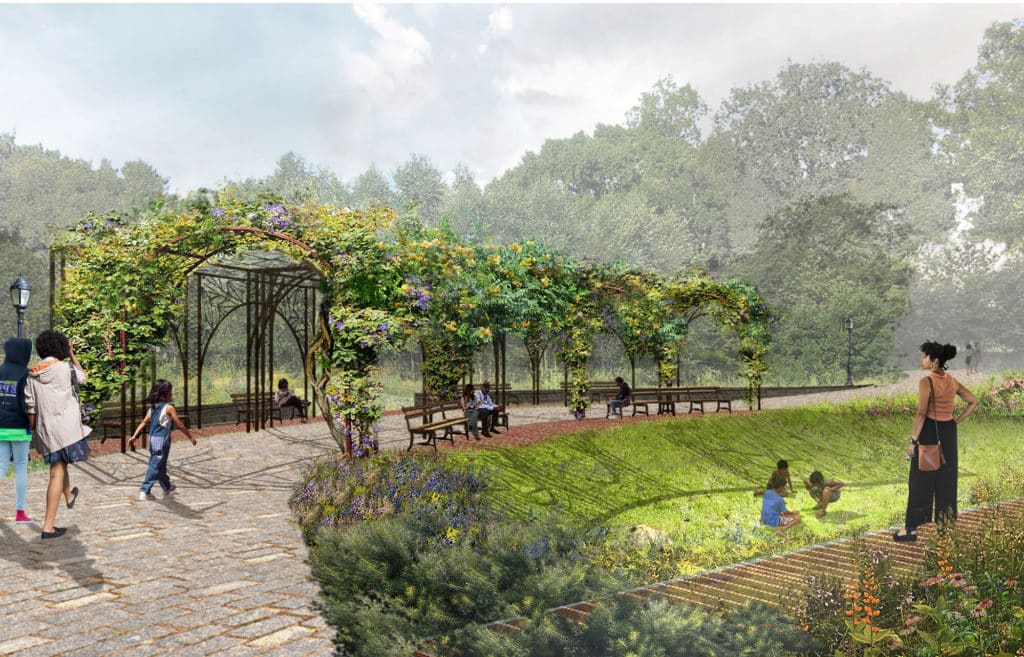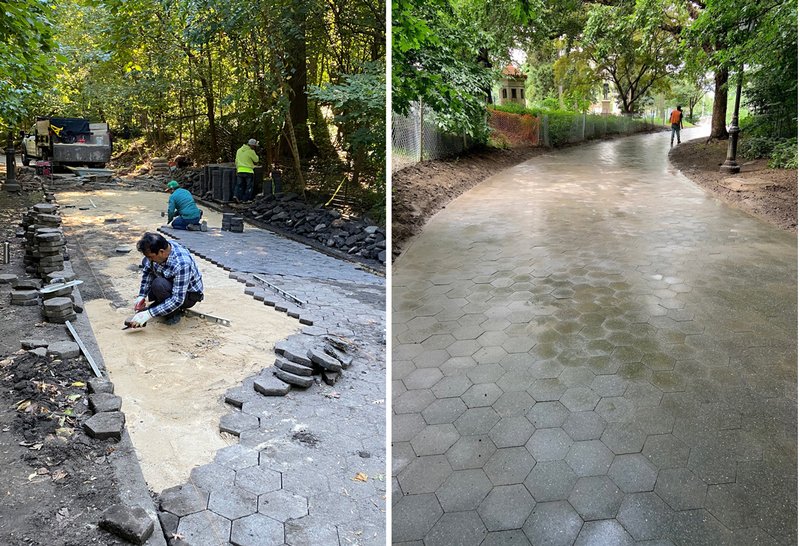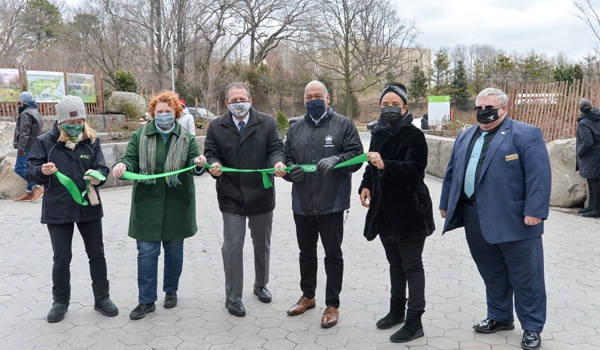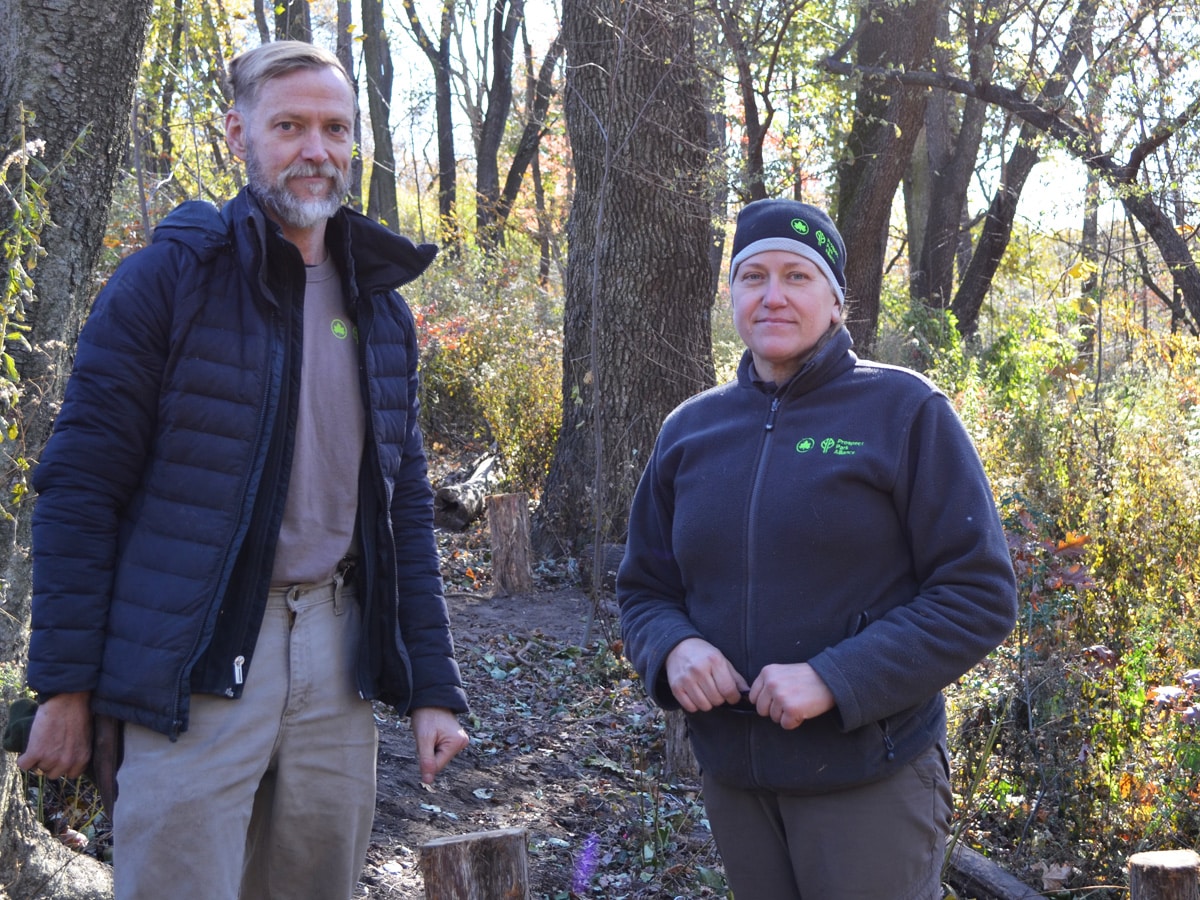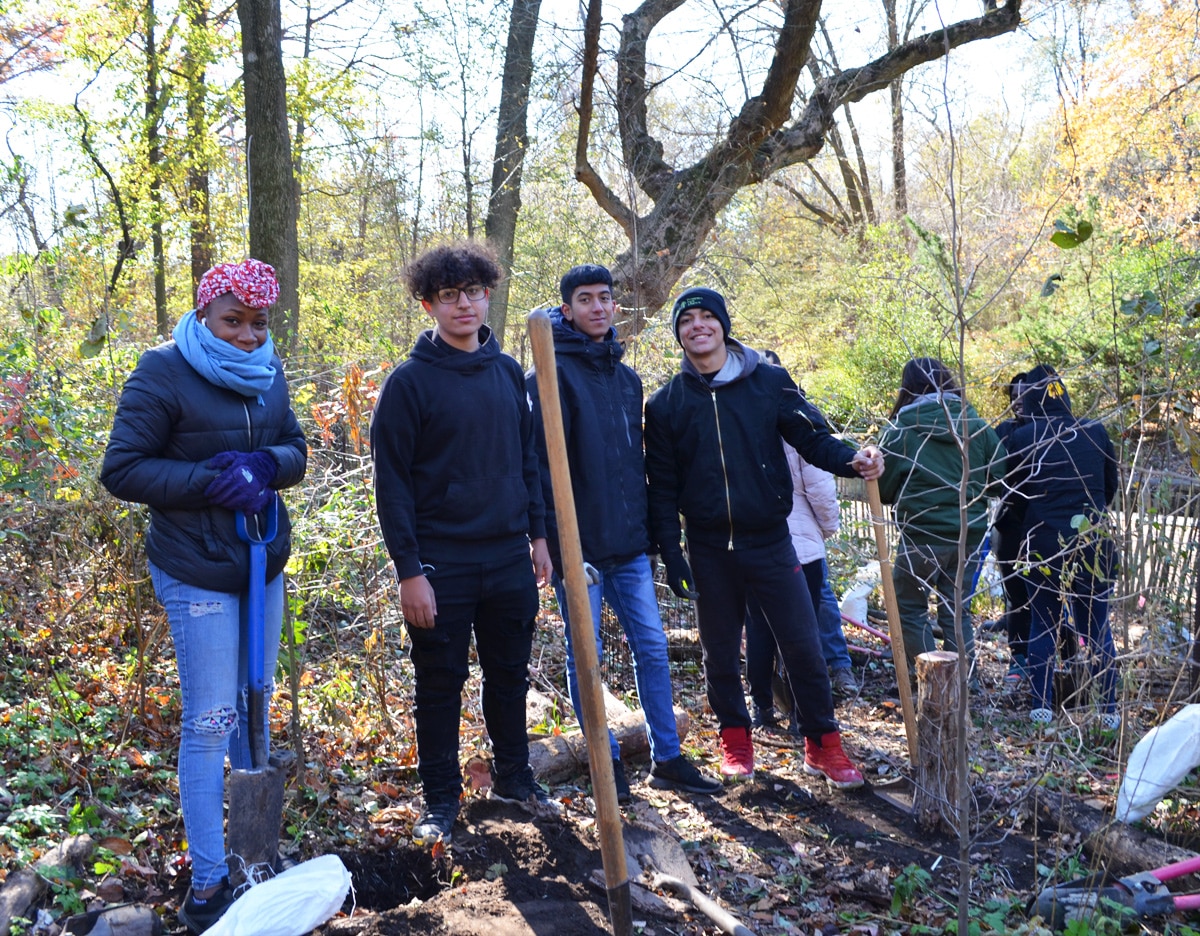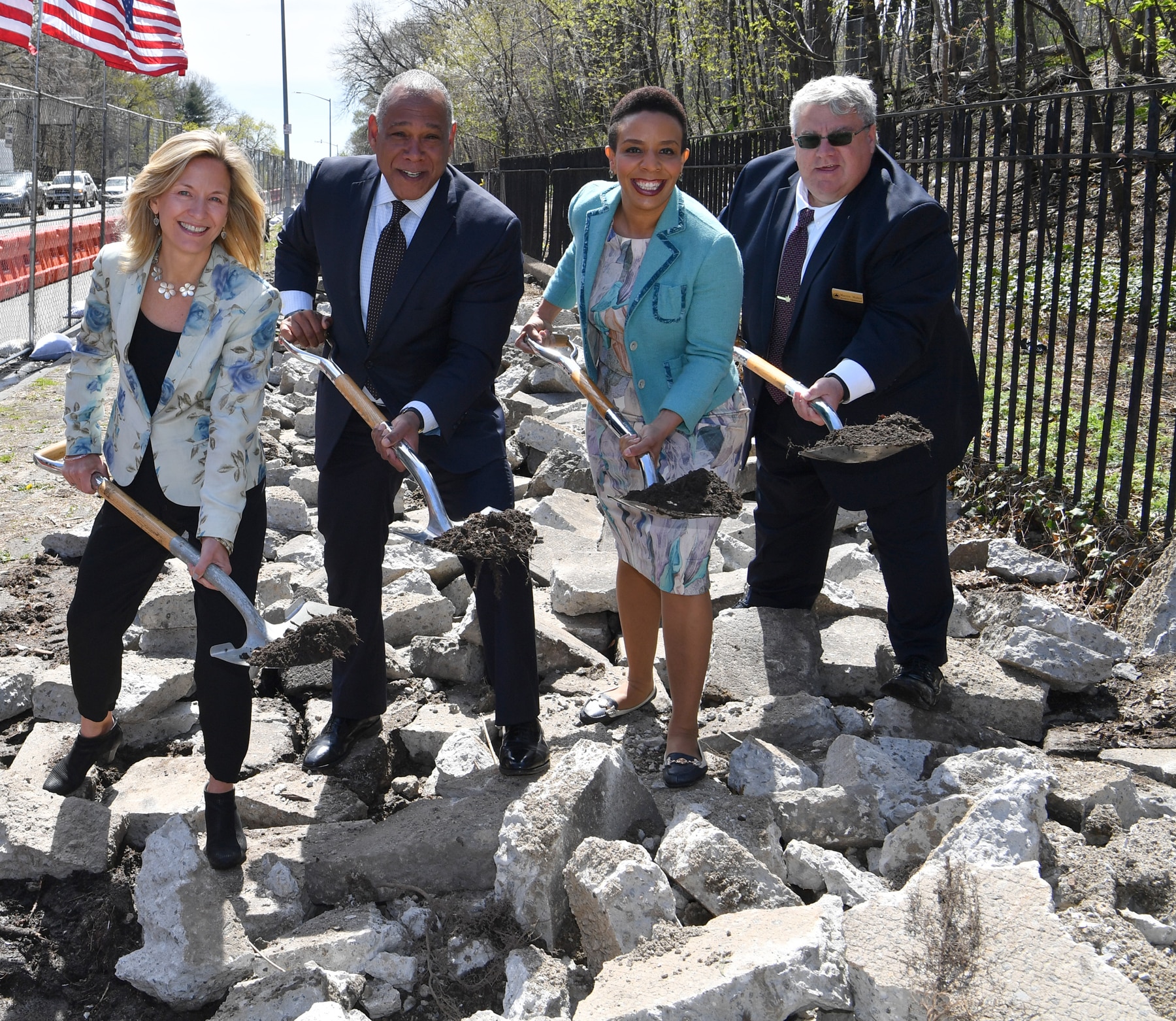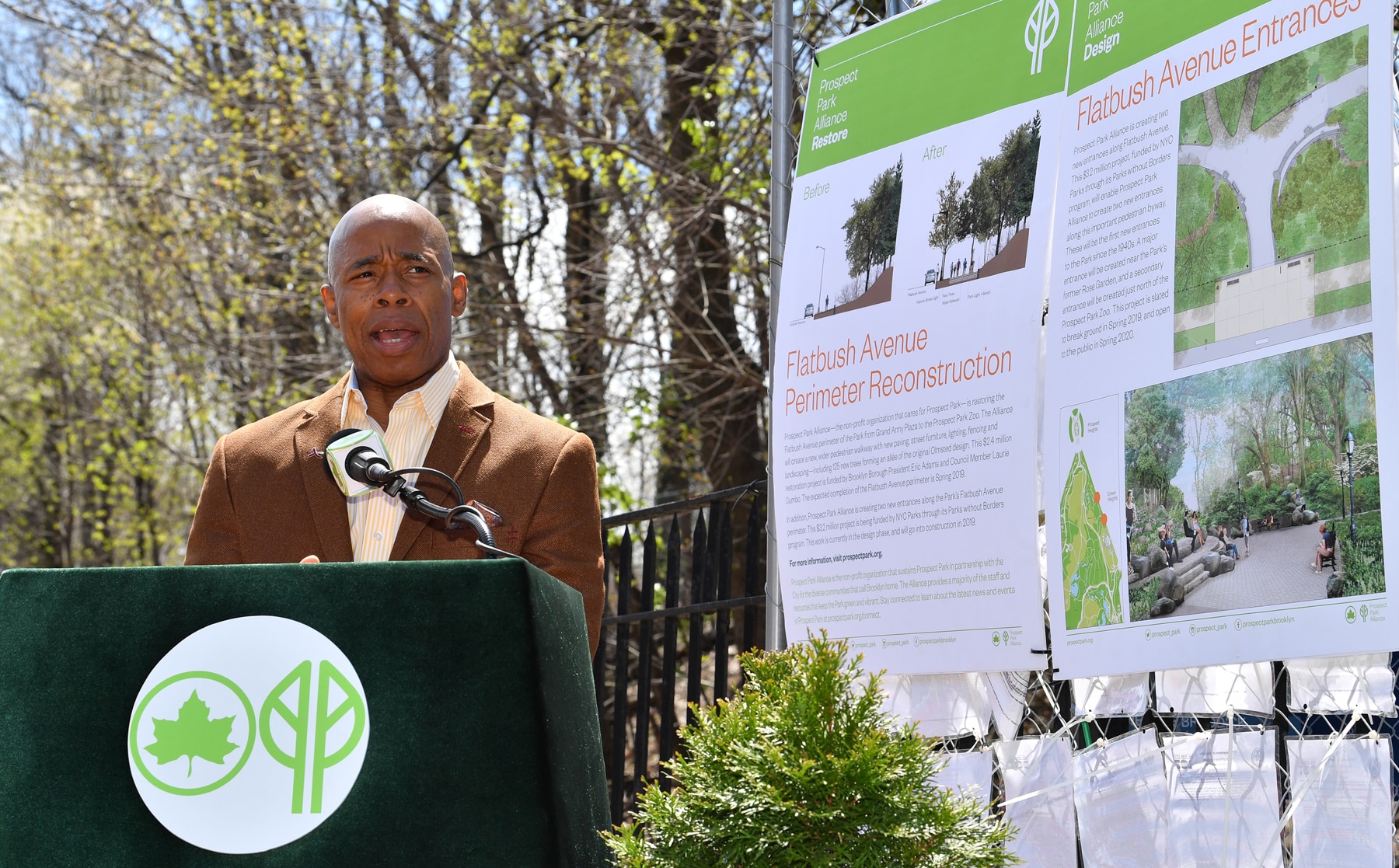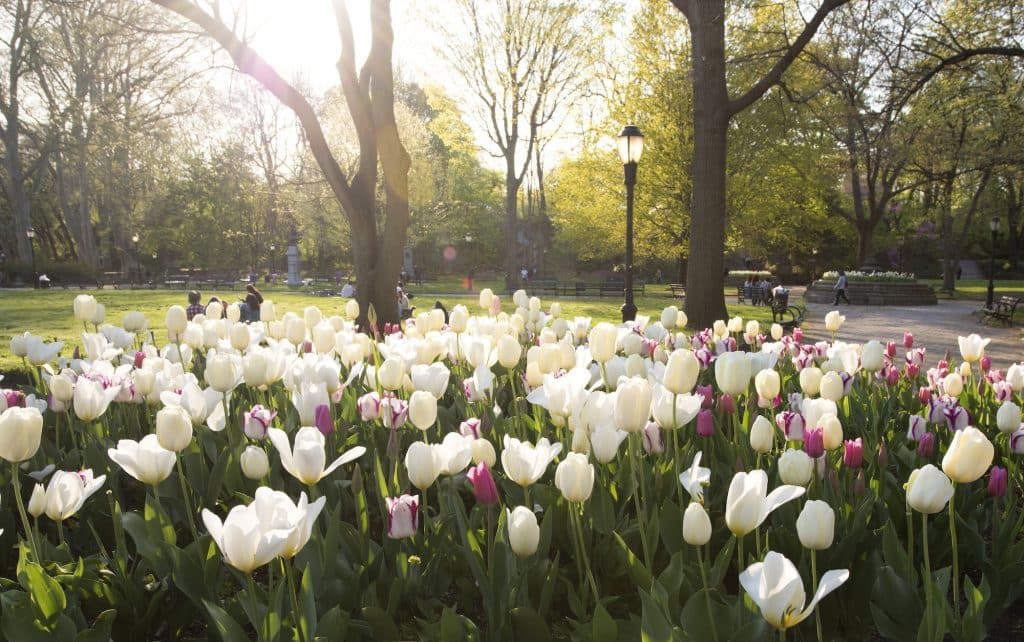Mayor de Blasio Announces Historic $40 Million To Restore The Vale
December 16, 2021
Today, Mayor Bill de Blasio announced a historic $40 million allocation to restore the Vale in Prospect Park. This funding is the largest single allocation in the history of Prospect Park Alliance, the non-profit that sustains the park in partnership with the city, and will restore important landscapes within the 26 acres in the northeast corner of the park called the Vale. The Mayor was joined by NYC Parks Commissioner Gabrielle Fialkoff and Iris Weinshall, Chair, and Sue Donoghue, President of Prospect Park Alliance, and community leaders.
“Prospect Park is Brooklyn’s backyard,” said Mayor Bill de Blasio. “It’s where I got married and raised my family, and where New Yorkers of all backgrounds come to spend time in nature. This historic $40 million in funding will ensure the Vale is restored to its full glory.”
“On behalf of Prospect Park Alliance, we would like to thank Mayor de Blasio for his leadership and vision in advancing Prospect Park, Brooklyn’s Backyard, for the millions of New Yorkers the park serves every year. His support of this important restoration, in addition to the Grand Army Plaza arch and berms, and other projects, will be a lasting legacy in Prospect Park, and one that all New Yorkers can celebrate,” said Iris Weinshall, Board Chair, Prospect Park Alliance.
“Prospect Park Alliance was founded over 30 years ago to sustain, restore and advance the park for the entire Brooklyn community. Today, through this historic funding allocation from the Mayor, we will be able to realize the community’s vision for the 26 acres in the northeast corner of the park. Since its founding, the Alliance has restored significant landscapes in the park, from the 150-acre woodland Ravine to the 26 acres in the southeast corner of the park, Lakeside and the LeFrak Center. It is critical to advance this work to make the park fully accessible and welcoming for our community,” said Sue Donoghue, President, Prospect Park Alliance.
“’How wonderful, how beautiful, when the community comes together…’ On many levels, this paraphrasing of a portion of Psalm 133 seems to encapsulate my experience as a civic leader and leader of a faith community, as I participated in the re-imagining of the ‘Rose Garden.’ Of equal importance is the funding for the restoration of the ‘Vale’ area of the park. This funding is truly an expression of commitment to making this park a park for all,” said Reverend Sheldon N.N. Hamblin, Rector, St. Paul’s Church in the Village of Flatbush, who participated in the community outreach effort that is guiding the Vale Restoration.
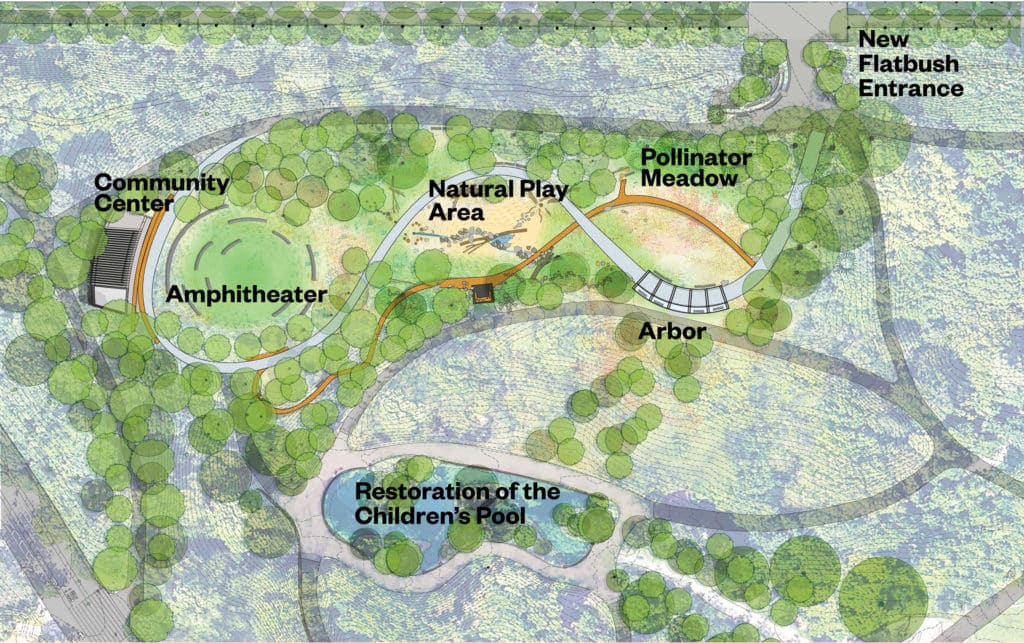
The Vale Restoration
The $40 million in capital funding from the Mayor will help to restore two historic landscapes: the Children’s Pool and the park’s former Rose Garden.
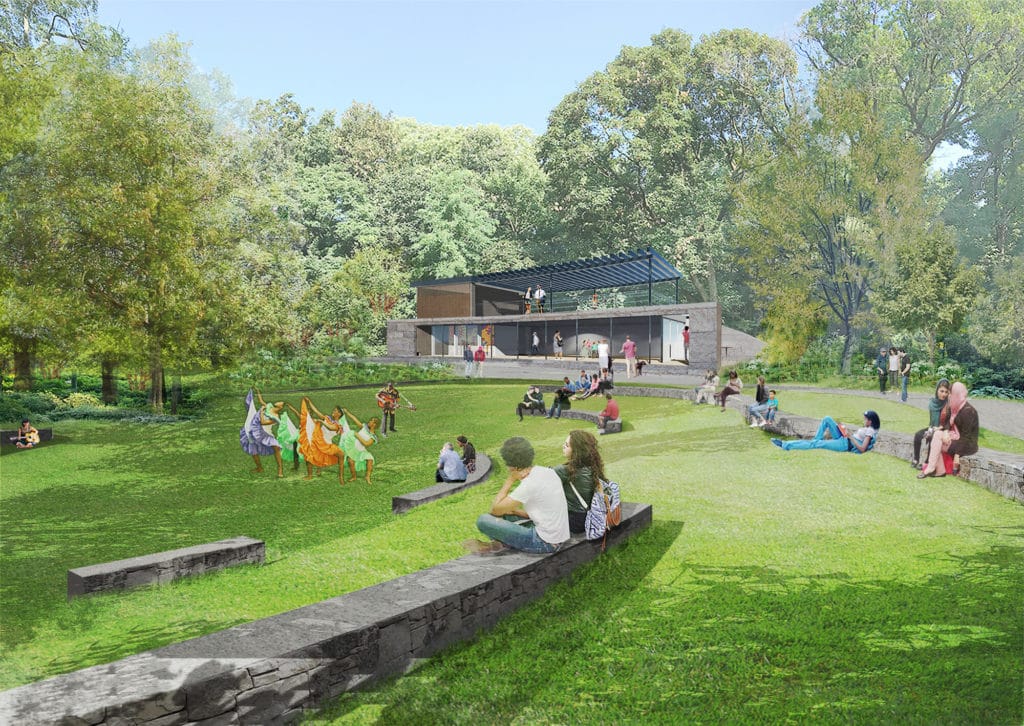
The former Rose Garden has served many functions since the park opened in 1867. It was originally a Children’s Playground, complete with the park’s first, horse-driven carousel, and then became a formal Rose Garden at the turn of the 19th century. With the opening of the Brooklyn Botanic Garden in 1911, the Rose Garden eventually fell into disrepair and the rose beds were removed. In 2017, Prospect Park Alliance, which sustained this landscape of the park for many decades, embarked on an intensive community outreach initiative, Reimagine Prospect Park, to create a new vision for this landscape, working with Hester Street and Grain Collective to engage over 2,000 community members. Through this process, the team identified several possible amenities for this area of the park, including a pollinator meadow and rustic arbor; a nature play area for families; and a landscaped amphitheater and small building with flexible gathering space and restrooms for the community’s enjoyment. With funding now in place, Prospect Park Alliance and NYC Parks will embark on the design process in early 2022, and the Alliance will partner again with Hester Street to engage the community in the process.
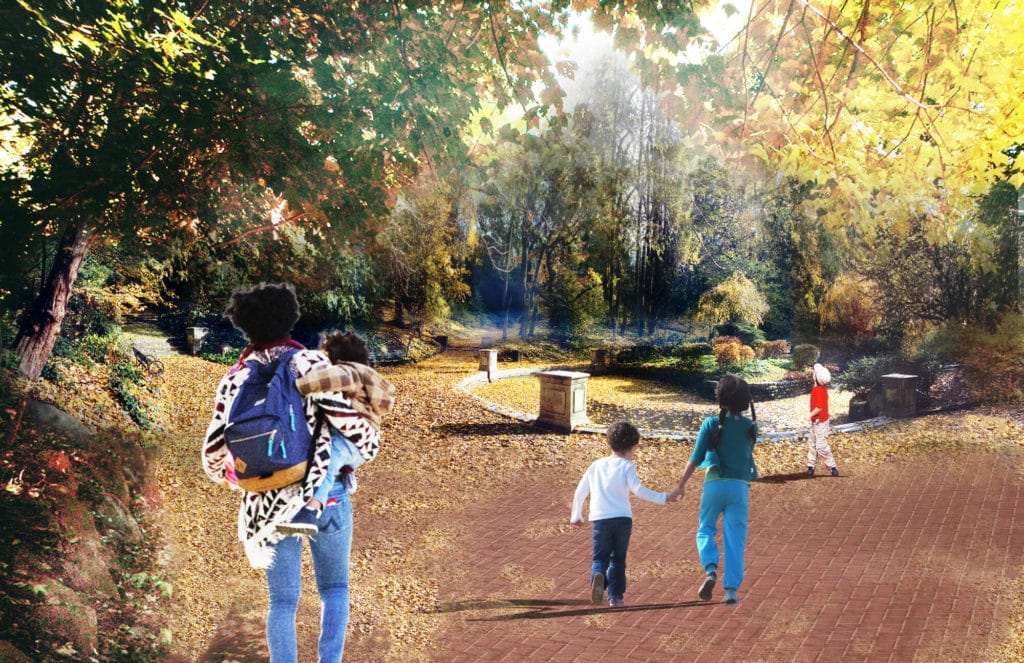
The site of the historic Children’s Pool originally featured a small pond where children sailed miniature boats, surrounded by ornamental trees and shrubs. In the 19th century the Brooklyn Eagle described this spot as a “bird’s paradise,” which still holds true today. In the 1890s, the renowned architects McKim, Mead and White replaced the pond’s soft edge with a formal marble and granite balustrade. Nicknamed the “Vale of Cashmere” after a Thomas Moore poem, it became famous for its lush, colorful foliage. Red-brick walkways, lights and benches were added in the 1960s, and in recent decades it has fallen into a state of disrepair but has remained an oasis for birds, which will remain a focus in the restoration.
The restoration of the Vale is the centerpiece of several restoration projects that have been achieved in recent years in this corner of the park. This includes the Flatbush Avenue Perimeter restoration through funding from Brooklyn Borough President Eric Adams and Majority Leader Laurie Cumbo, and the creation of two new entrances to this area of the park, the first since the 1940s, through Mayor de Blasio’s Parks without Borders initiative. Other improvements to the area include the restoration of woodland areas severely impacted by Hurricane Sandy and other recent storms through funding from the National Park Service and the New York State Office of Parks, Recreation and Historic Preservation; restoration of the pathways and lighting to the area through funding from the Mayor; and the award-winning restoration of Endale Arch.
Design of the Vale Restoration is slated to begin in 2022, and the project will proceed through the New York City Parks design and construction guidelines, which includes a year for design, a year for procurement, and 12-18 months for construction.
